By Christina Catanese
Are you curious about how sea level rise will affect the beach towns you visit in the summer, and how coastal communities can adapt to these impacts? If you’re in the Delaware area, you’ll have this opportunity in the coming weeks.
The Delaware Department of Natural Resources is holding a series of public engagement sessions to give residents a chance to hear more about Delaware’s vulnerability to sea level rise and adaptation strategies that the state can take. DNREC invites the public to ask questions, discuss potential options, and provide feedback at these sessions. There will be displays, presentations, and discussion – get a preview and more information on this page.
Yesterday’s session in Lewes, DE kicked off this series, but there are still two opportunities to attend:
February 19, 4-7 p.m.
New Castle Middle School
903 Delaware Street
New Castle, DE 19720
February 25, 4-7 p.m.
Kent County Levy Court
555 Bay Road (Rt. 113)
Dover, DE 19901
For more information on ecosystem impacts of climate change in the First State, you can also learn more about how the Delaware Estuary is preparing for climate change through the Climate Ready Estuaries program.
Not a Delaware resident? You can still learn more about the Impacts of Sea Level Rise, other climate change science, and look out for similar opportunities where you live. The impacts of climate change will vary by region – check out climate impacts in the Northeastern U.S. and in the Mid-Atlantic Region here. What is your community doing to get ready?
Editor's Note: The opinions expressed in Greenversations are those of the author. They do not reflect EPA policy, endorsement, or action, and EPA does not verify the accuracy or science of the contents of the blog.
Good Beer? It’s in the Water
By Christina Catanese
If you’re a beer drinker, when you crack open a cold bottle or sip a freshly poured draft beer, the first thing you think about probably isn’t the quality of the water that was used to create your brew. You probably notice the color, the aroma, the head, the flavor, the hops, the malt…but what of the water?

Photo Courtesy of the CDC
When I was in grad school, I worked at a microbrewery for some extra cash, and it changed what I thought I knew about beer. I became familiar with the process of making beer: from malting, to mashing, to lautering, to boiling, to fermenting, to conditioning, and to filtering. At each point in the process, water plays a key role, and it can make up over 95% of the finished product poured into your pint.
I had a lot of discussions with our brewer about how much the source water quality affects the brewing process and product. There’s the obvious impact of the flavor of the water used in the brewing process, but the chemistry of the water can alter the process itself.
He described how yeast convert sugars into alcohol to ferment the beer, and how changes in water chemistry impact the activity of the yeast. The chlorine that is added to most municipal drinking water to eliminate harmful bacteria can impact the flavor and aroma of beer, but the presence of bacteria can spoil a batch of beer.
I learned that the pH of the water also affects the sugar composition, which in turn affects how strong the beer will be. Like hoppy beers? Harder water brings out the hops’ flavor. Softer water can result in milder flavored beers, so some brewers add water hardeners during the brewing process to amp up the hops and flavor.
Something as simple as a change in the treatment process at the local drinking water plant can have an impact. So, too, can a new upstream pollution source or change in the health of the source water body.
You might wonder why breweries don’t just purify their water to start with some H2O that is as neutral as possible to start with. But the thing is, what’s in the water is what makes the process work, and what makes gives each beer a unique regional character. Overly purifying water through filtering or other methods takes everything out of the water, even the things a brewer wants to be there.
The brewery I worked at also strived to be a sustainable operation – the spent grains from the brewing process were picked up by a farmer to be used for livestock feed. A few times, our brewer even asked me if he could borrow my hydrology and soils text books so he could have a better knowledge of how the health of the environment would affect the beer he made.
Throughout the history of beer making, brewers have been careful to site their breweries in the places with the highest quality water, and the health of a brewery’s home watershed is of prime importance to their brewers.
To recognize the connection of good beer with good water, the Schuylkill Action Network has partnered with brewers in the watershed to develop a special brew that pays tribute to its source water.
Have you ever thought about how water quality affects your happy hour? What other unexpected ways does water impact our lives?
About the Author: Christina Catanese has worked at EPA since 2010, in the Water Protection Division’s Office of Program Support. Originally from Pittsburgh, Christina has lived in Philadelphia since attending the University of Pennsylvania, where she studied Environmental Studies, Political Science, and Hydrogeology. When not in the office, Christina enjoys performing, choreographing and teaching modern dance.
Editor's Note: The opinions expressed in Greenversations are those of the author. They do not reflect EPA policy, endorsement, or action, and EPA does not verify the accuracy or science of the contents of the blog.
I’m WARNing you….
By Christina Catanese
…no, you’re not in trouble. In fact, WARN is where you’d go as a drinking water or wastewater facility to get OUT of trouble.
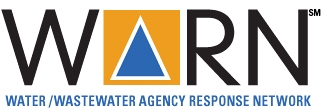 A Water and Wastewater Agency Response Network (WARN) is a network of utilities helping other utilities respond to and recover from emergencies. If a utility has been damaged or anticipates it could be damaged from a natural disaster or human-caused event, WARNs provide a network for the utility to get help. This can take the form of personnel, equipment, and many other services. Each state has its own WARN – check out this list to get information about WARNs near you.
A Water and Wastewater Agency Response Network (WARN) is a network of utilities helping other utilities respond to and recover from emergencies. If a utility has been damaged or anticipates it could be damaged from a natural disaster or human-caused event, WARNs provide a network for the utility to get help. This can take the form of personnel, equipment, and many other services. Each state has its own WARN – check out this list to get information about WARNs near you.
Got a complicated main break that’s draining a storage tank, and need an odd-sized coupling to fix it? Utilities can reach out to their WARN in this situation and get a spare from a neighboring facility to prevent outages for customers. Big storm cause a power failure? WARNs have been used to respond to many storm incidents, using, for example, the common practice of sharing portable generators among utilities so a backup is available in case of a power outage. Recently, utilities have been helping each other in the northeast after Hurricane Sandy struck to keep our drinking and surface waters treated and safe. Read more about WARNs in these resources.
While participation and response in a WARN is voluntary, the success of the network depends on a strong base of willing utilities. With a growing number of utilities in each state on board, the rest of us can focus on stocking up on canned food and batteries when a storm is on the way.
About the Author: Christina Catanese has worked at EPA since 2010, in the Water Protection Division’s Office of Program Support. Originally from Pittsburgh, Christina has lived in Philadelphia since attending the University of Pennsylvania, where she studied Environmental Studies, Political Science, and Hydrogeology. When not in the office, Christina enjoys performing, choreographing and teaching modern dance.
Editor's Note: The opinions expressed in Greenversations are those of the author. They do not reflect EPA policy, endorsement, or action, and EPA does not verify the accuracy or science of the contents of the blog.
Life’s Most Persistent and Urgent Question
By Jaclyn McIlwain and Tom Damm
Inspired by Dr. Martin Luther King Jr.’s compassion and commitment to service, citizens across the country will be volunteering their time and talents to improving their communities this Monday.
Still haven’t decided how you’ll pitch in?
If you live in the Delaware Valley, join us for a trash cleanup at the Bristol Marsh Preserve, located in Bristol Borough, Bucks County, Pennsylvania.
For the second year in a row, a group of our EPA regional employees will mark the Dr. Martin Luther King, Jr. Day of Service by participating in the Heritage Conservancy’s annual Bristol Marsh Cleanup. It’s one of the initiatives of our employee-led EPA Region 3 Emerging Leaders Network (ELN). ELN’s Community Service Crew organizes and participates in service events in the greater Philadelphia area.
In the spirit of EPA’s mission and Dr. King’s imploration for service, the ELN and its members are committed to improving our natural spaces, where we gather, recreate, and recharge.
The Bristol Marsh Preserve is one of those special areas.
This freshwater tidal marsh – a type of wetland rarely found in Pennsylvania – offers important feeding grounds for migratory birds, waterfowl and wading birds. It also provides spawning and nursery areas for fish, improves water quality by removing pollutants and adding oxygen, and supports a variety of recreational activities, like bird watching, nature study and fishing.
The cleanup from 10 a.m. to noon is being organized by the Nature Conservancy, the Heritage Conservancy and Bristol Borough.
Can’t make it to Bristol? Service projects are happening across the country during this long weekend. Click here for information on a project near you.
This Monday, take time to answer through action one of Dr. King’s most famous questions, “What are you doing for others?”
About the Authors: Jaclyn McIlwain is a Life Scientist in the Office of NPDES Permits and Enforcement working on coal mine permitting. She graduated from the University of Delaware with a BS in Environmental Science, and serves as the ELN’s Community Service Crew Lead for the Mid Atlantic Region. Tom Damm has been with EPA since 2002 and now serves as communications coordinator for the region’s Water Protection Division.
Editor's Note: The opinions expressed in Greenversations are those of the author. They do not reflect EPA policy, endorsement, or action, and EPA does not verify the accuracy or science of the contents of the blog.
Keep Your Septic System in Super Shape
By Christina Catanese
With the recent onrush of holiday guests, your septic system probably got a pretty good workout . And it might not get much recovery time, with football playoffs in full swing, hockey season about to finally start, and the cold days and long nights of winter that beg to be spent indoors with friends and family.

If you’re among the nearly one in four households served by septic systems, EPA has some “SepticSmart” tips for you to help keep your system in shape:
- Run the dishwasher and washing machine only when full. Fix plumbing leaks and install faucet aerators and water-efficient products. Too much water use at once can overload your system, particularly if it hasn’t been pumped in the last couple of years.
- Avoid pouring fats, grease and solids down the drain, which can clog your system, or toxic material, which can kill the organisms that digest and treat waste.
- Have your septic system inspected every three years by a licensed contractor and have the tank pumped when necessary, generally every three to five years. It can cost $3,000 to $7,000 to repair or replace a malfunctioning system compared to the average $250 to $300 cost to pump a septic system.
- Don’t flush household products down the toilet. Dental floss, disposable diapers and wipes, feminine hygiene products, cigarette butts, coffee grounds and cat litter can clog and potentially damage septic systems.
- Remind guests not to park or drive on your system’s drainfield because the vehicle weight could damage buried pipes or disrupt underground flow causing system backups and floods.
A malfunctioning system, in addition to being costly, can kill native plants and fish and shellfish, as well as reduce property values and potentially pose a legal liability.
A properly maintained system helps keep your family’s drinking water clean, reduces the risk of contaminating local waters, and keeps conversation with your guests focused on more pleasant subjects…like the funniest commercials during the big game.
So while you work on your new year’s resolution to be healthier yourself, resolve to keep your septic system in shape too. For more information, visit www.epa.gov/septicsmart.
Editor's Note: The opinions expressed in Greenversations are those of the author. They do not reflect EPA policy, endorsement, or action, and EPA does not verify the accuracy or science of the contents of the blog.
Bay Rings Out 2012 with Wave of Good News
By Tom Damm
I didn’t hear Ryan Seacrest mention the Chesapeake Bay as the ball dropped in Times Square Monday night. But he seemed to be the only one who didn’t have something to say about the Bay as 2012 wound to a close.
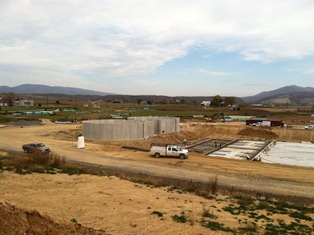
Construction Underway on the Moorefield Wastewater Treatment Plant in West Virginia. At its opening, it will reduce total nitrogen loading by 90,000 pounds per year and total phosphorus by 93,000 pounds per year to the Chesapeake Bay and local waters.
In December alone, there were Bay-friendly announcements from the District of Columbia and Lancaster and Scranton in Pennsylvania, along with news from West Virginia about a treatment plant that will account for a big chunk of the state’s pollution-cutting pledge.
And it isn’t just the Bay that will benefit from these cork-popping developments. Local rivers and streams in these communities will also run cleaner as a result.
In Scranton, the U.S. and Pennsylvania announced a settlement with the Scranton Sewer Authority on a long-term solution that will reduce millions of gallons of contaminated stormwater overflows into the Lackawanna River and local streams, all part of the Bay watershed.
In Lancaster, the National Fish and Wildlife Foundation and EPA announced more than $1.8 million in grants for projects to reduce water pollution and improve habitats.
In the nation’s capital, EPA, the District and DC Water signed a major partnership agreement to include green infrastructure techniques in the city’s steps to control stormwater pollution.
And in West Virginia, it was reported that when the new $40 million Moorefield Regional Wastewater Treatment Plant opens later in 2013, it will gobble up huge amounts of pollutants that are now impacting local water quality and the Bay.
Check out our Chesapeake Bay TMDL web site for more announcements about actions by partners to make the new year a good one for the network of Chesapeake Bay waterways.
About the Author: Tom Damm has been with EPA since 2002 and now serves as communications coordinator for the region’s Water Protection Division.
Editor's Note: The opinions expressed in Greenversations are those of the author. They do not reflect EPA policy, endorsement, or action, and EPA does not verify the accuracy or science of the contents of the blog.
Up Close and Personal with Where Breakfast Comes From
By Kelly Shenk and Matt Johnston
Kelly:
PennAg Industries Association contacted me as soon as I became EPA Region 3′s Agricultural Advisor and offered me the chance to get out in the field to visit three farms. I assembled a team predominantly comprised of Chesapeake Bay Watershed Modelers to learn first-hand from farmers about their success and challenges of growing food in a safe, humane, and environmentally sound manner. PennAg provided an experience that I know we’ll all take with us in our careers and personal lives, as demonstrated by Matt Johnston in this blog.
Matt:
It is all too easy to forget where our food comes from. Every Saturday as a young boy I awoke to the smells of bacon and eggs coming from the kitchen. By the time I got to the table, my mother had already set my place with two eggs sunny side up, two pieces of extra crispy bacon, a piece of toast and a glass of milk. It’s a menu familiar to many of us and served weekend after weekend in homes across America.
Never once did I stop to think about how my breakfast got there. Never once did I consider the animal production side of the equation – the side that includes thousands of workers, millions of animals, and tons of feed and manure. Last week while on a tour of farms with colleagues, I was reminded of the other side of that equation in very personal ways.
The first stop on our tour was an egg layer facility. Conveyer belts criss-crossed a three-story tall warehouse seamlessly transporting eggs to an adjacent packing facility from the millions of hens that were stacked in cages and spread out over an area larger than a football field. All the while, another set of belts sent the byproduct of our food production in the opposite direction, depositing the poultry litter in two-to-three story high piles. When confronted with mounds of litter taller than your house, you begin to realize the inevitable byproducts of our Saturday morning meals.
This lesson was repeated at a nursery pig raising facility, where I jumped at the opportunity to hold an adorable young pig when the tour leader offered. Unfortunately, the pig did not share my excitement and promptly announced its disgust by soiling my clothing with manure. All the while, under my feet was a concrete holding tank full of the same viscous substance ready to be pumped out and transported to a nearby field.
Our last stop was a small dairy. There were no large holding tanks or conveyor belts constructing piles. Instead, there was a single farmer with a few small pieces of equipment, a small barnyard, and a few adjacent fields. Without the resources to stack or store manure, the farmer can only do one thing with it – spread it. This is the way farmers have farmed for hundreds of years.
Whether the manure is stacked, buried, or spread, it is real. What is now clear to me is that it is not the devil. It’s a necessary byproduct of our society’s growing consumption of animal products. However, like all byproducts of production, it can be harmful in high doses.
Yet we have the tools to lessen its impact. We can spread manure according to nutrient management plan recommendations. We can plant grasses and trees along waterways to intercept nutrients. And we can work with farmers to make proper storage and handling equipment available.
After all, the manure is not going away, and I’m not going to stop eating eggs and bacon with my glass of milk on Saturday morning.
About the Authors: Kelly Shenk is EPA Region 3’s Agricultural Advisor. Matt Johnston is a Nonpoint Source Data Analyst with the Chesapeake Bay Program.
Editor's Note: The opinions expressed in Greenversations are those of the author. They do not reflect EPA policy, endorsement, or action, and EPA does not verify the accuracy or science of the contents of the blog.
Exhibit Alert, DC Area! Reclaiming the Edge
By Christina Catanese
Spending the holidays in the Washington, DC area? Already checked out the National Christmas Tree and not sure what else to do with those holiday guests? There is one celebratory exhibit you don’t want to miss.
 Recently opened at the Smithsonian Anacostia Community Museum (ACM), Reclaiming the Edge: Urban Waterways and Civic Engagement is an exhibition on the history, use, and attitudes towards urban waterways. It was created in partnership between EPA, watershed partners, and the ACM.
Recently opened at the Smithsonian Anacostia Community Museum (ACM), Reclaiming the Edge: Urban Waterways and Civic Engagement is an exhibition on the history, use, and attitudes towards urban waterways. It was created in partnership between EPA, watershed partners, and the ACM.
The exhibition focuses on the Anacostia River and its watershed, and how humans interact with this natural resource in an urban setting. There are also examinations of how people engage with urban waters in other cities – including Shanghai, China; Pittsburgh, PA; Charleston, SC; Louisville, KY; Los Angeles, CA; and London, England – so we can share experiences in diverse geographies.
The exhibition includes an art installation created from trash and found objects which often find their way into urban waterways, historic boats used by Native Americans and contemporary fishermen, large-scale historic photographs of the watershed as the District of Columbia developed, and life-size cutouts of residents, community activists, and leaders in the watershed that tell the story of their connection and stewardship of the river. And interactive portions of the exhibit will engage watershed residents of all ages and backgrounds.
There are also exciting events related to the exhibition, including art and nature workshops for students and teachers, community forums on various uses of the river, monthly films, and even water-inspired dance workshops. The diversity of these programs themselves is a testament to the potential of safe and clean urban waters, and the communities and activities they can inspire.
Even if the Anacostia is not your local river, it’s a perfect opportunity to consider how to re-imagine this urban river for community access and use. Don’t miss the chance to learn about the history and current state of this watershed and how you can participate in its restoration and protection.
Not able to check out the exhibit during the holiday rush? Don’t fret – it’s on display through September 2013, so there’s plenty of time. Here’s how to get to the Anacostia Community Museum.
Let us know what you think of the exhibit if you check it out! And tell us how you engage with and celebrate your urban waterways all year long.
About the Author: Christina Catanese has worked at EPA since 2010, in the Water Protection Division’s Office of Program Support. Originally from Pittsburgh, Christina has lived in Philadelphia since attending the University of Pennsylvania, where she studied Environmental Studies, Political Science, and Hydrogeology. When not in the office, Christina enjoys performing, choreographing and teaching modern dance.
Editor's Note: The opinions expressed in Greenversations are those of the author. They do not reflect EPA policy, endorsement, or action, and EPA does not verify the accuracy or science of the contents of the blog.

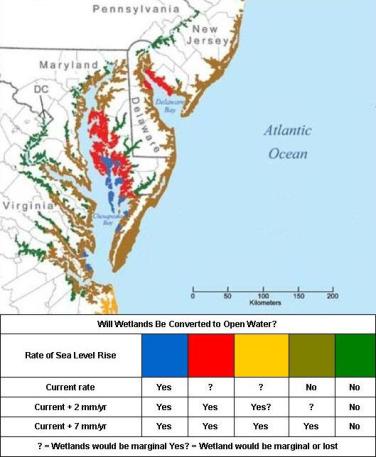


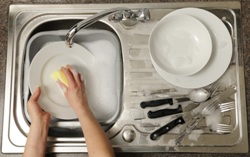
 While you’re shopping:
While you’re shopping:
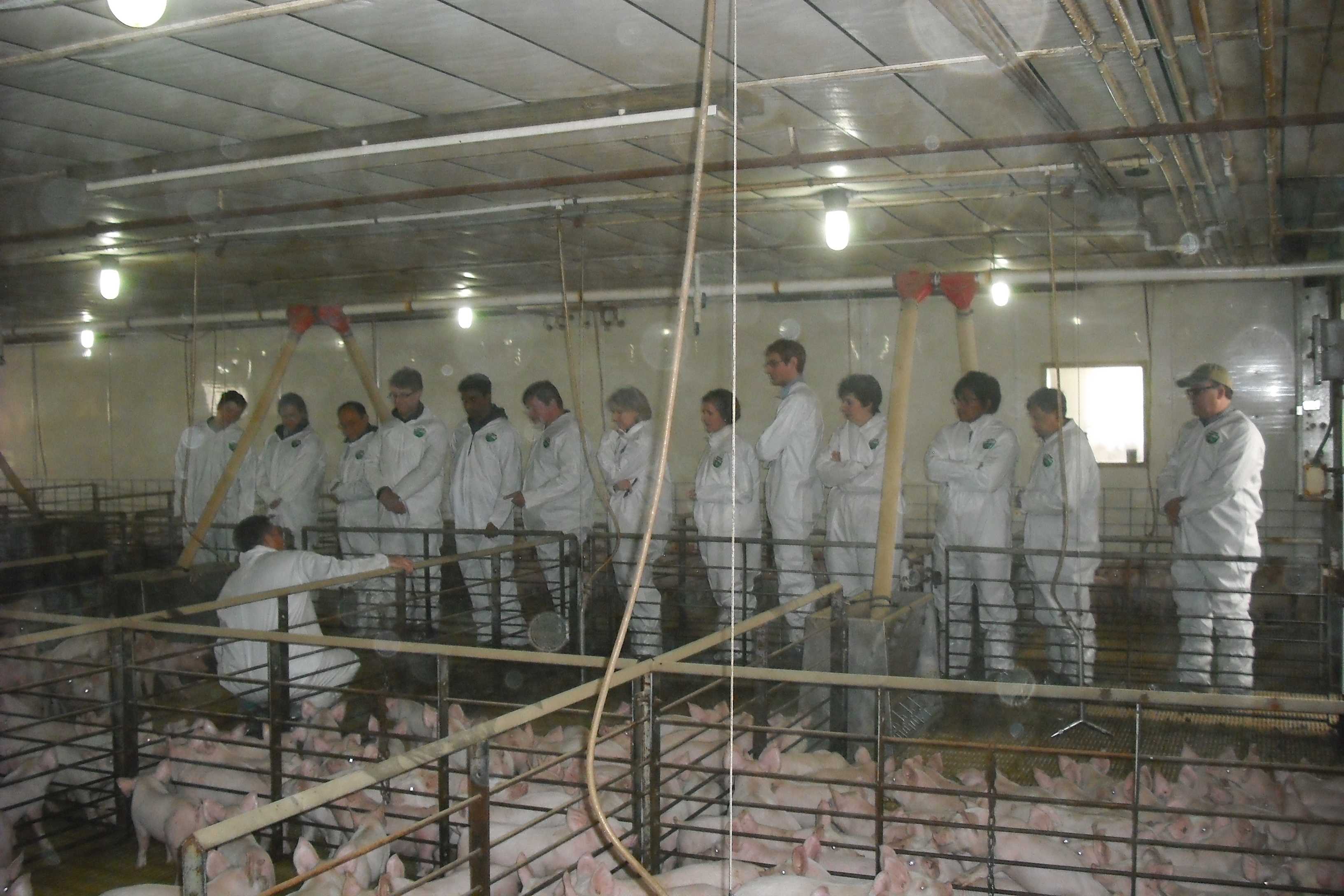
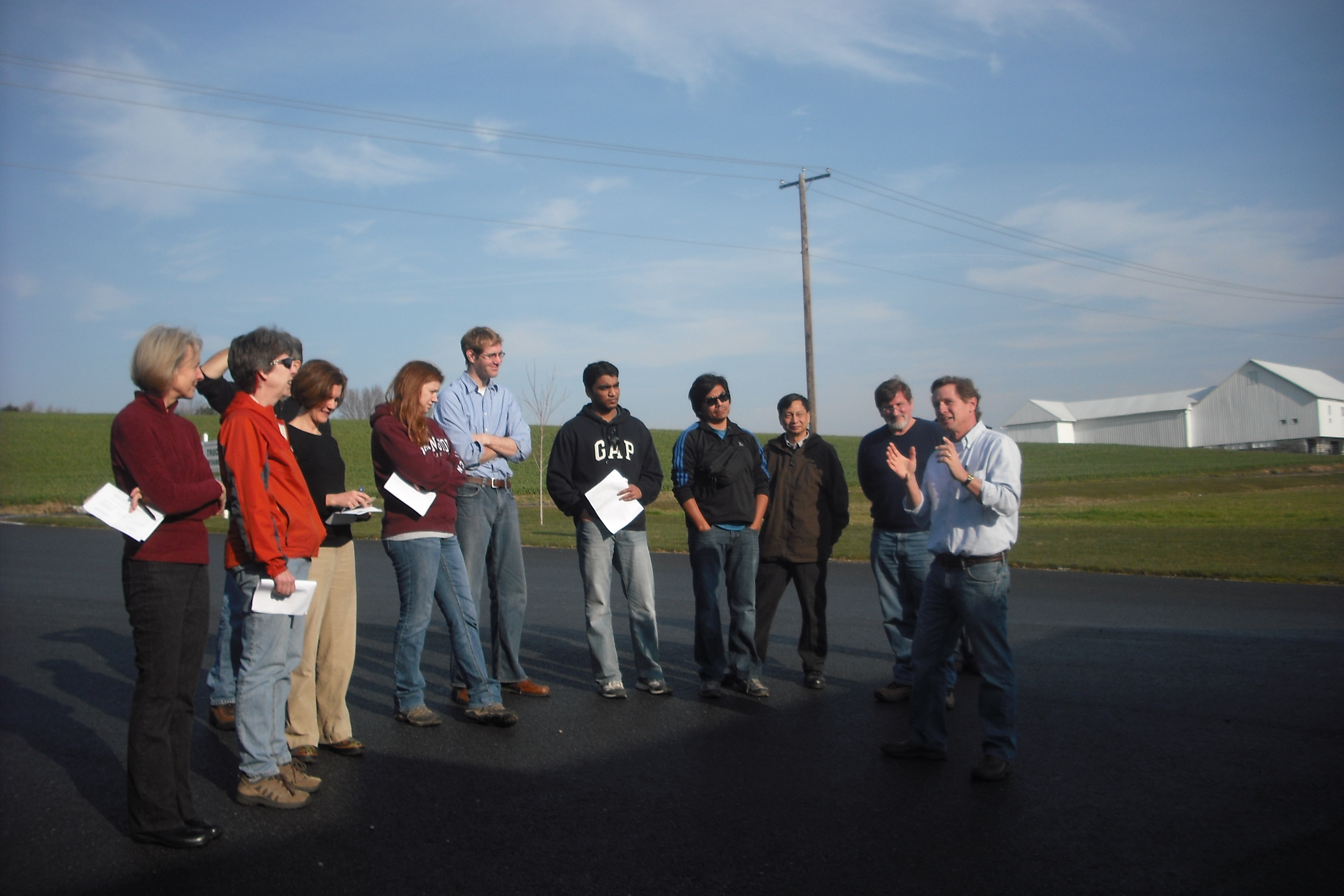
Permalink | One Comment